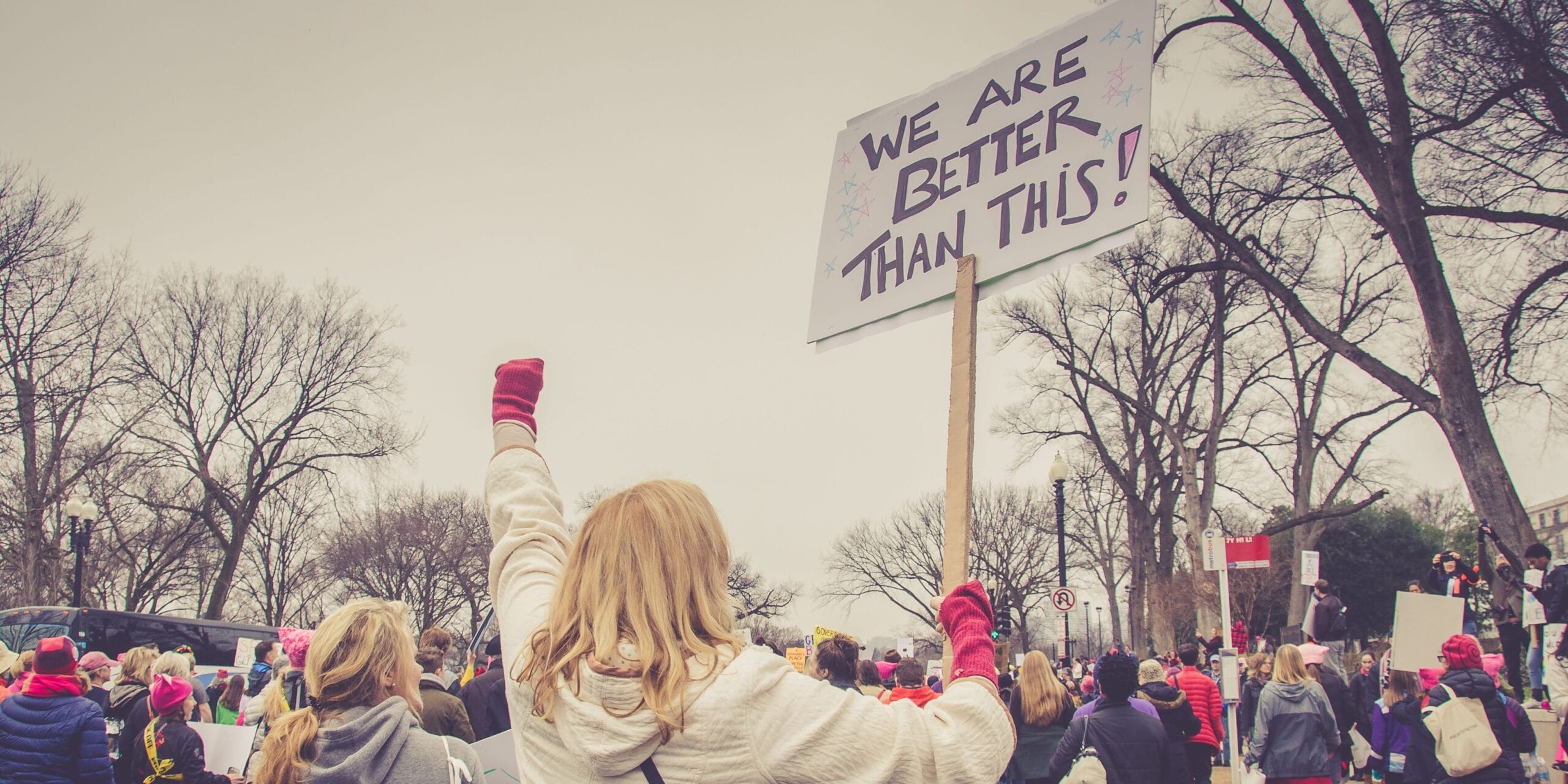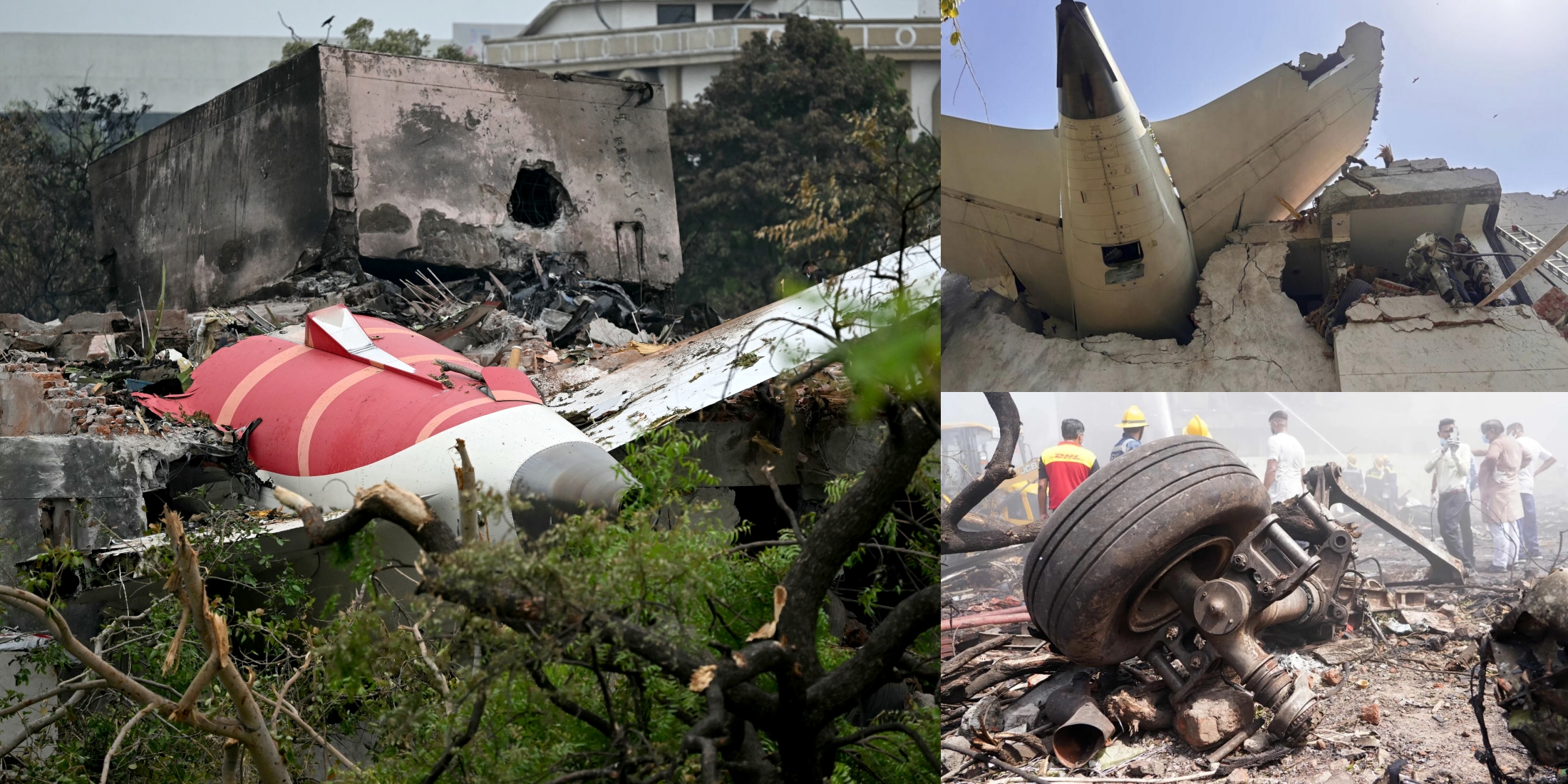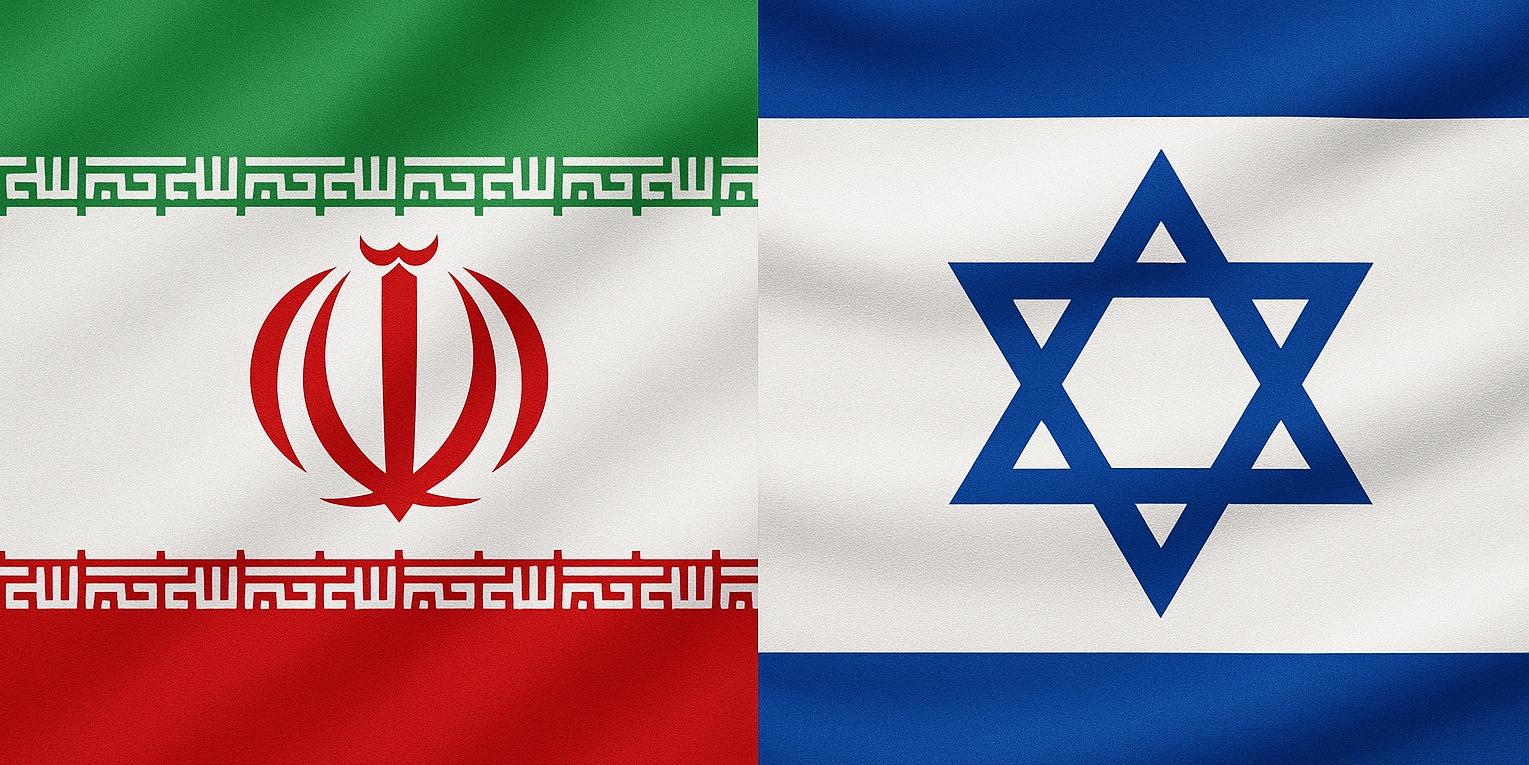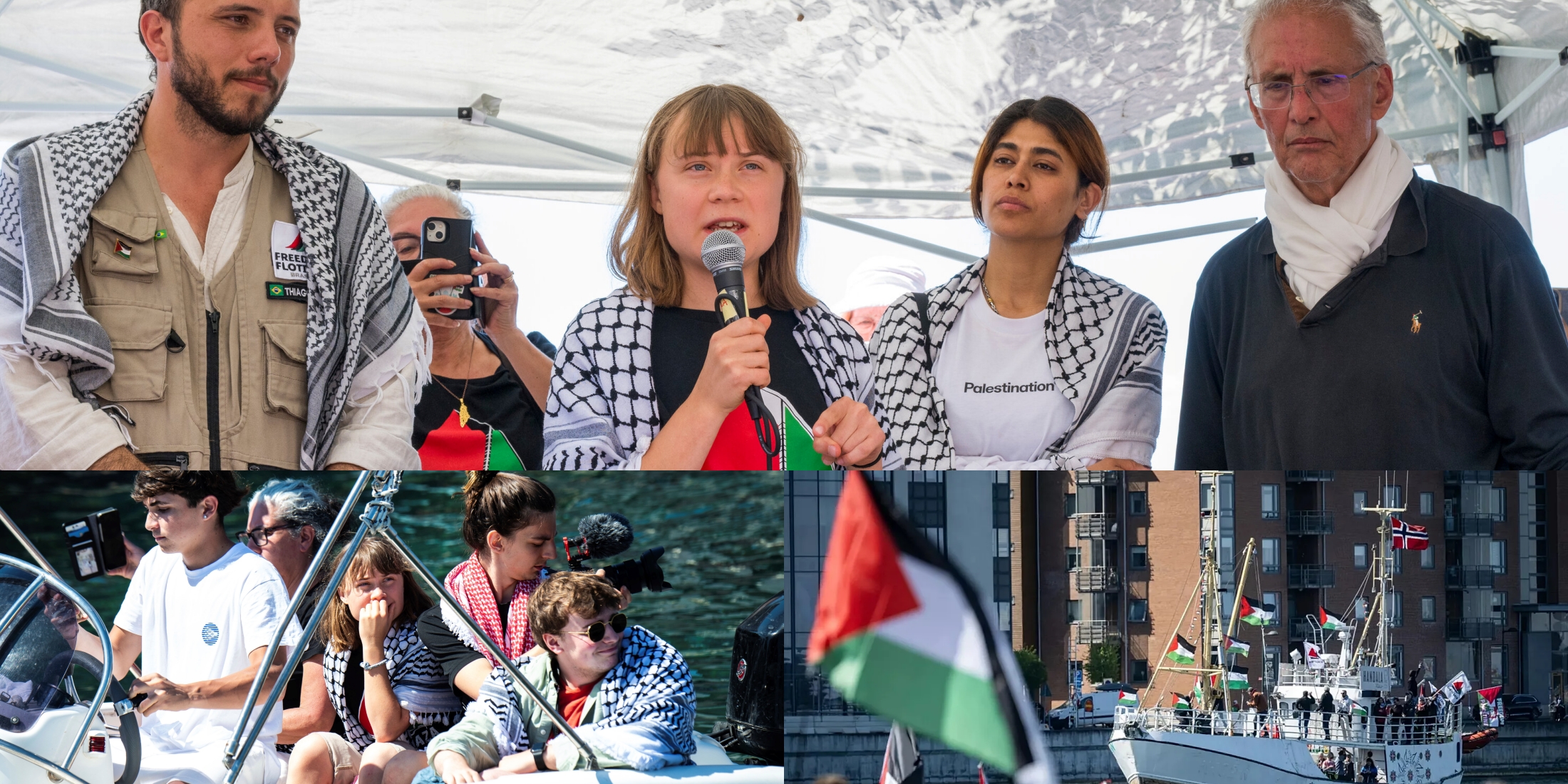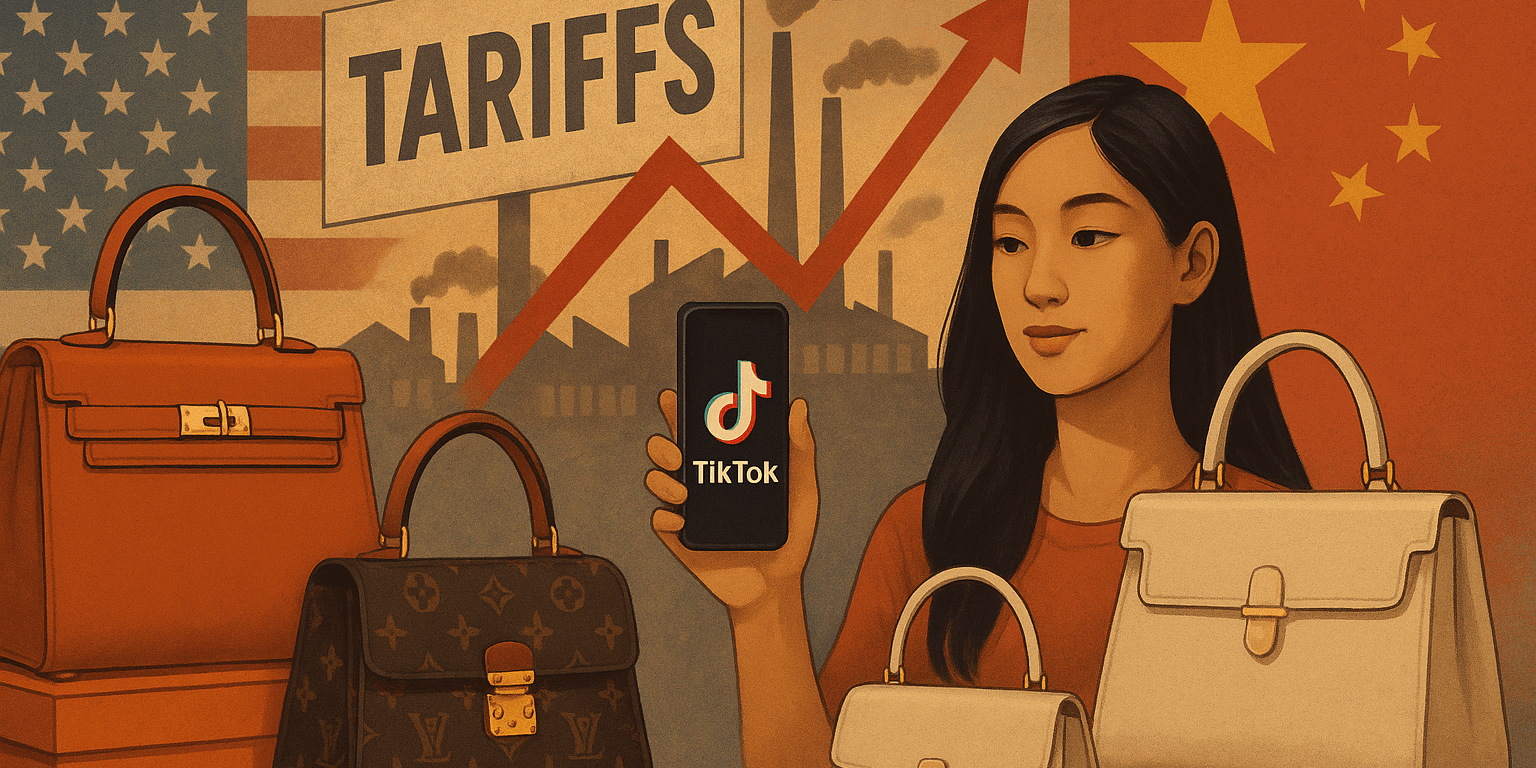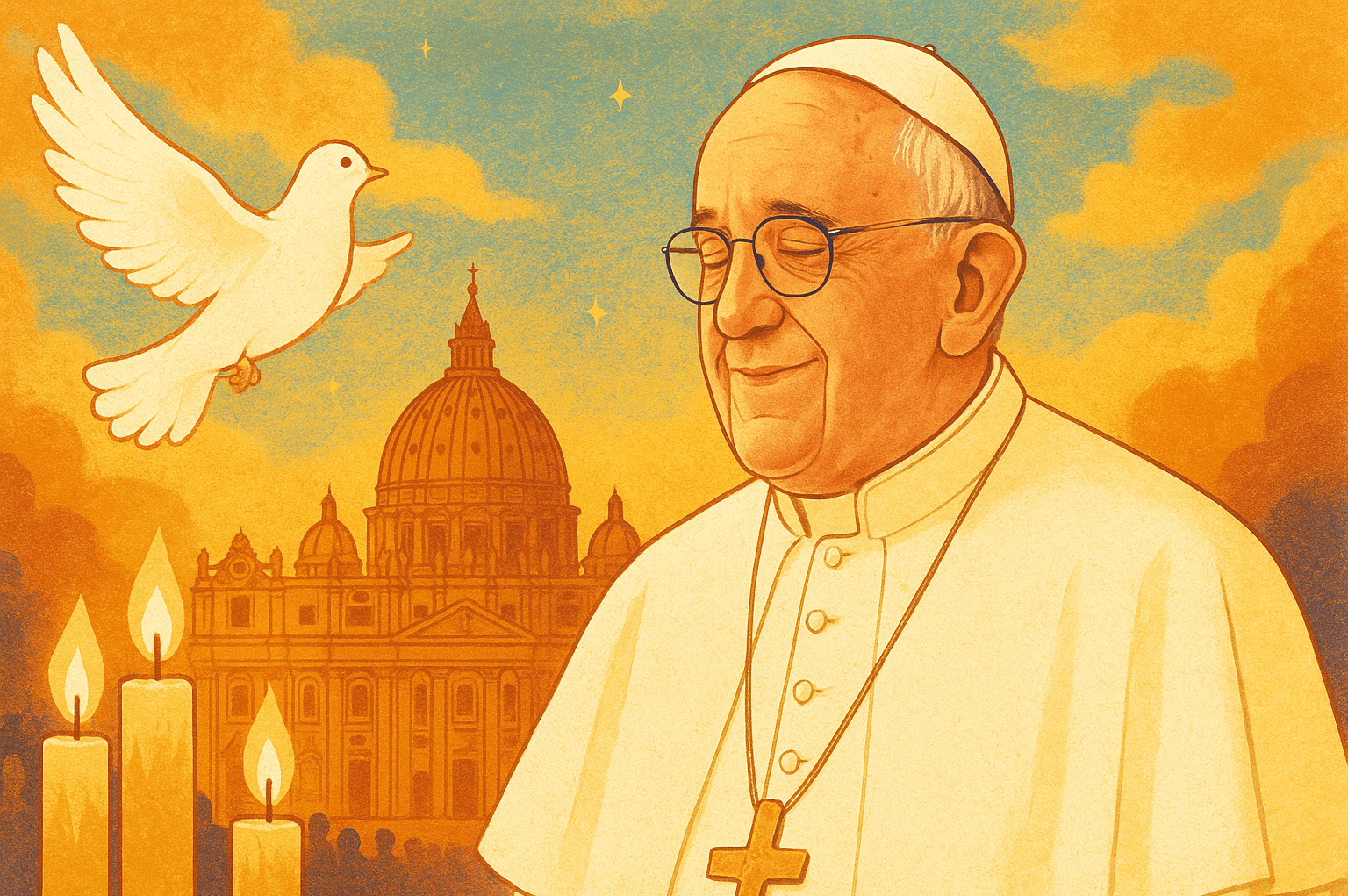Back when we were struggling for independence, the Bangladeshi left wing had a strong sense of belonging; even before that. Somehow, we don’t see that vision today, not much of a sense of unity either. All we see are shadows of the major right wing powers. Mass people can no longer connect with them like they used to.
The world is leaning more towards the left as of late. We’ve witnessed rising support for policies that promote human rights, social justice, and green initiatives. Looking at Europe, it’s evident that leftist groups have a lot of support from voters. The Guardian sees a “ray of hope” as left wing parties in Finland, Sweden, and Denmark have secured strong positions in the European Elections.
Even after a disappointing campaign, the European left has secured 32.63% of seats in the EU parliament, leaving the rest for the right wing, centrists, and independents. This puts them in a position to raise their voices in policy matters, which is simply inaudible in Bangladeshi politics.
Yes, 2024 was a tough year for left leaning citizens of the world. The number of lef twing governments in Europe has declined and the US just elected the right wing Republican party in the national elections. However, these trends don’t indicate a shift in people’s views in general. The left and right have always fought fiercely in the US elections and Nordic countries have consistently shown us how the two wings can work hand in hand.
Circling back to Bangladeshi politics, we did see the left wing unite during the July 2024 movement with students and leaders representing leftist political parties. Groups included the Bangladesh Students’ Union, Bangladesh Chhatra Odhikar Parishad, and Ganatantrik Chhatra Jote. They have always had a history of activism. They stand up to authoritarians, care about labor rights, and things that keep concerned citizens up all night. Still, the question remains: why isn’t it effective? Why does it seem like they’re lacking distinct voices?
How Bangladeshi Political Spectrum Looks
Looking at the Bangladeshi political arena, it’s mostly a two-party system dominated by the Awami League (AL) and the Bangladesh Nationalist Party (BNP). On paper, AL is a center-to-center-left political party but their actions reflect those of the far-right. BNP, on the other hand, is a right wing party. These two leave little to no room for leftist advocacy in the roots, weakening the fight for equal rights, social justice, and environmental preservation.
Even in national elections, well-known leftist groups like Jatiya Samajtantrik Dal (JASAD) and the Workers Party of Bangladesh (WPB) usually hold limited seats in the parliament.
AL’s dominance is clearly evident from the 2024 national elections. WPB and JASAD both entered the election as part of the grand alliance led by AL and received 1 seat each. These parties blamed AL for not letting them compete for enough seats in the election. AL, on the other hand, argued that other parties “got more than their organizational strength,” according to Prothom Alo’s report.
The scenario is a bit upsetting because most of our youth have little to no clue about leftist political agendas. Over time, our left has struggled to modernize and reach young voters.
History of the Bangladeshi Left
Historically, leftist groups stood strongly against the exploitative rule of West Pakistan. During the Language Movement of 1952, the Mass Uprising of 1969, and the 1971 Liberation War, they successfully unified the working class and political parties with different ideologies.
Back then, leftists were ideologically divided into two factions: pro-Moscow and pro-Beijing. The pro-Moscow wing joined hands with AL in the fight for independence, while pro-Beijing rejected the liberation movement as an ‘unfinished revolution.’
The pro-Moscow faction followed Marxist-Leninist ideologies, wanting to build a non-exploitative and free society. With that in mind, in post-independence Bangladesh, prominent leftist groups like, the Communist Party of Bangladesh (CPB), Purbo Banglar Sarbohara Party, and Jatiya Samajtantrik Dal (JASAD) focused on establishing socialism. They desired a socialist nation along with the parliamentary approach of the Awami League.
However, it did not go as expected. Though these groups were known for their unity, internal clashes led to their collapse. Amid the disputes, some of the parties tried to align themselves with the government. Purbo Banglar Sarbohara Party led by Siraj Sikder, initially fought for Bangladesh’s independence with the Mukti Bahini (Liberation Army). Then, when Sheikh Mujibur Rahman sidelined the leftists and formed his own militia (Mujib Bahini), the Sarbohara Party got disconnected from the mainstream. Their only motive remained to create a revolutionary socialist system by replacing Sheikh Mujib’s ‘puppet government,’ as termed by many contemporaries.
However, Mujib is a national hero. He was very popular in post-war Bangladesh because of his role in liberation. His voice united thousands of Bengalis to achieve victory from West Pakistani oppression. Leftists back then focused more on criticizing Sheikh Mujib’s administration, rather than pursuing their ideological goals. As a result, it was negatively portrayed that the leftists only tried to seize control of the government.
Mujib took advantage of this outlook and formed the Bangladesh Krishak Sramik Awami League (BAKSAL), a single-party system that abolished all other political parties in the country. It might sound like an umbrella for all leftist groups, but in reality, it was a shortcut to exercise AL’s control over other groups. As part of that practice, the government also seized control over all newspapers under the Fourth Amendment (1975) to the Constitution. Because of the state’s control over political groups and the media leftist voices were suppressed further.
Even with the 1972 ban on religion-based politics and the assassination of Mujib in 1975, the leftists couldn’t manage to gather popular support. It’s worth noting that at that time, these parties were the only opposition to AL.
Leftist voices and their movements were notably suppressed throughout the consecutive regimes, too. Under the military rule of Ziaur Rahman, the ban on religion-based politics was lifted (Fifth Amendment, 1979). Later, Hussain Muhammad Ershad amended the constitution to make Islam the state religion (Eighth Amendment, 1988). On the flip side, Leftist leaders and activists of JASAD were frequently targeted for their secular ideologies.
The year 1990 could be a turning point for the leftists with the fall of Ershad’s dictatorial government. Their motto was to have a free, secular state with no autocratic power. With that goal, they joined the centrist AL and right wing BNP in this anti-autocratic movement. To some extent, their vision was evident at that time but gradually, leftist parties lost their ability to lead on important issues like labor rights and social justice.
Following the restoration of democracy in 1991, both of the two bigger parties, BNP and AL, worked in their self-interests and power domination. While in power, each party formed its own labor fronts and union leaders. By this time, leftist parties became organizationally so weak that their presence could not match BNP and AL’s support base.
Similarly, at present, left-wing status in Bangladesh is far from its target. We saw a little hope of unity in the July 2024 movement; their structural weakness was painfully visible. In a word, Bangladeshi left means “Activism” with no significant political influence. The question remains: Why, then, do their secular and liberal ideals fail to connect more widely? Why have they shifted from being revolutionaries to visionless activists? Why have they merely lost their capacity to lead?
The answer might be the result of our left wing’s ideological disconnect or teaming up with larger right wing forces.
What Went Wrong for the Bangladeshi Left?
Most leftist parties face difficulty reaching the grassroots. Not that they’re inactive in rural areas, but, in reality, the people of those areas don’t seem to connect with these parties. Over time, this has caused prominent leftist parties to have lost their voter base. We also see a great distance from global leftist ideologies and from people, which should’ve been the opposite. This gap created opportunities for centrist and right wing groups to become popular in rural areas.
People often think that leftist groups are elitists: An idea where the decision-making process is concentrated in the hands of elite people—often defined by education, intellect, or political influence. Even a leftist politician admits in an interview that leftist parties often have a tendency of ‘Ahamika’, meaning arrogance in Bengali. Parts of their student wings have also inherited these elitist attitudes.
We believe it’s necessary for the people to understand a party’s political agenda, how they intend to serve the people, and by what means. And, it’s the easiest to believe in equality, social justice, and human rights. Easier than understanding intellectual practices and age-old theories. That’s how the global left evolved—protesting for human rights, a safer environment, and equality in society—whichever was necessary and whenever. Our left, on the other hand, usually succeeds in reaching like-minded intellectuals instead of being a unifying voice for the people.
On top of that, leftists in Bangladesh are misunderstood for being ‘Atheists’ or ‘Anti-Islamists.’ Their secular ideology has often been labeled as ‘Atheism.’ As a Muslim majority country, atheist ideology can create a lot of anger among people, particularly in rural areas. If you go to a village and tell people that you don’t believe in God, they will look at you like they have seen a snake. This anti-God stigma has made it difficult to build networks at the grassroots level. For example, during the Shahbagh protests in 2013, leftist students and activists were accused of being ‘anti-islamic.’ Their demand for the death penalty of Abdul Qader Mollah, a Jamaat-e-Islami politician known as ‘Mirpurer koshai’, created division among people. Although the decision was in favor of the leftists, it upset rural people, whose lives often center around religion. Conversely, right wing and centrist groups have been successful in achieving grassroots religious networks. Because of this misconception, and miscommunication, people don’t consider leftists as a strong opposition.
Internal disagreements also present them as visionless. Many analysts identified leftist disunity as one of the primary reasons for losing supporters. We’ve seen many of them form coalitions for political gains. Parties like JASAD and WPB have aligned with larger political parties, like AL or BNP, for survival.
Prominent leftist leaders, Saiful Haque, the General Secretary of the Biplobi Workers Party, and Mujaheedul Islam Selim, a CPB leader, blamed the “opportunist tendency,” of many left wing leaders. Such leaders are ready to move away from the leftist ideologies. Their motive of becoming MPs or ministers overshadows their unity. This lack of unity frequently made them the puppet of the two political giants. To remain in politics, they often choose a coalition and seek alignment with the two political giants, instead of speaking for the people. Hasanul Haq Inu, president of JASAD and a member of the AL-led 14-party coalition, is a practical example here.
Over time, leftist parties in coalition failed to hold centrist parties accountable and push for alternative policy proposals. The leading parties also take advantage of this dependency. Awami League uses JASAD and WPB as pawns to stay in power and to enlarge AL’s support base. They used to dominate the media channels to marginalize or ignore leftist voices.
To sum up, I think the left can focus on reconnecting with the people; rural communities, especially. If they don’t do so, they will most likely end up as a lost potential in Bangladeshi politics. Their organizational unity can help them to achieve their long-desired goals of a truly democratic society.

